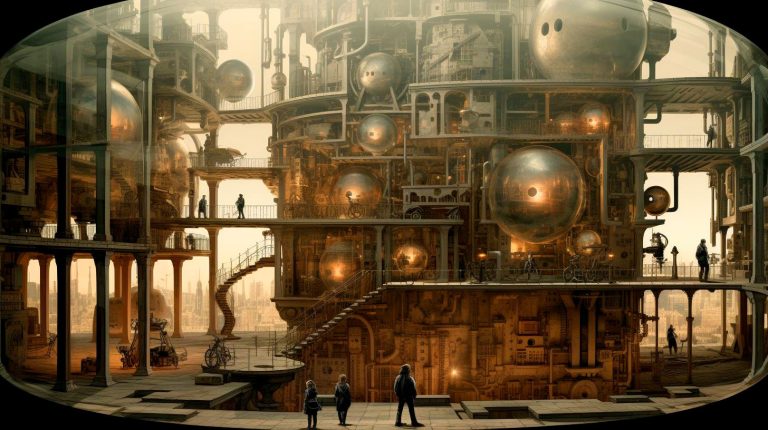What is Perceptual Organization?
Perceptual organization refers to the process by which our brain organizes and interprets visual information. It involves grouping visual elements together based on their similarities and organizing them into meaningful patterns or structures. This process helps us make sense of the complex visual world and enables us to recognize objects, scenes, and even faces.
The Role of Photography in Perceptual Organization
Photography plays a crucial role in shaping our perceptual organization by presenting us with carefully framed compositions. Here are some ways in which photography influences our perception:
- Framing: Photographers carefully select what to include within the frame and what to exclude. This framing influences how we perceive the subject and the overall composition. By focusing our attention on specific elements, photographers guide our perceptual organization process.
- Perspective: The chosen perspective in a photograph can greatly impact our perception. Different angles, such as a low or high viewpoint, can evoke different emotions and alter the way we interpret the subject.
- Contrast and Lighting: The use of contrast and lighting techniques in photography can manipulate our perception of depth, form, and texture. Shadows or highlights can create illusions and influence how we perceive objects within the image.
- Composition: Composition rules, such as the rule of thirds or leading lines, guide our eyes within the frame and help us organize visual elements. These techniques influence our perceptual organization and bring a sense of harmony or dynamism to the image.
The Impact on Visual Understanding
Photography not only influences our immediate perception but also shapes our long-term visual understanding. The prevalence of photographs in our daily lives has altered the way we see and interpret the world around us. Here are some key takeaways on how photography impacts our visual understanding:
- Memory and Recognition: Photographs help us remember and recognize people, places, and events. By capturing a specific moment, photographs provide a visual reference that triggers our memory and aids in recognition.
- Cultural Perspectives: Photography allows us to experience different cultures and perspectives. Images captured by photographers around the world shape our understanding of diverse societies, fostering empathy and expanding our worldview.
- Visualization of Concepts: Photographs enable the visualization of abstract concepts and complex ideas. By translating intangible concepts into a visual medium, photography simplifies understanding and enhances communication.
- Emotional Impact: Powerful and evocative photographs have the ability to stir emotions within us. They can evoke empathy, compassion, joy, or even anger, further deepening our connection with the subject matter.
Conclusion
Photography’s influence on perceptual organization cannot be understated. Through careful framing, perspective, composition, and lighting choices, photographers shape how we interpret visual information. In turn, this impacts our visual understanding, memory, recognition, cultural perspectives, and emotional responses to the world around us.
Next time you pick up a camera or browse through a photo album, take a moment to appreciate the power and influence that photography has on our perceptual organization. Remember, each photograph holds a unique perspective and can shape our understanding of the world in profound ways.




















+ There are no comments
Add yours